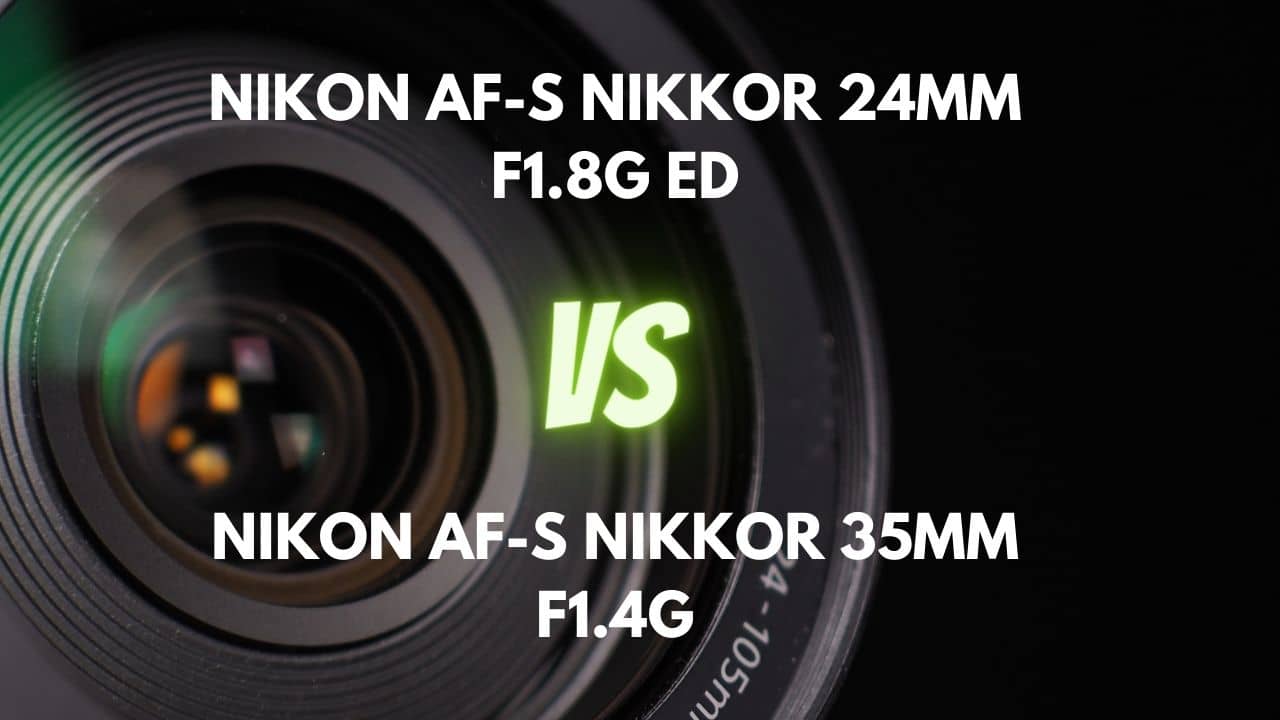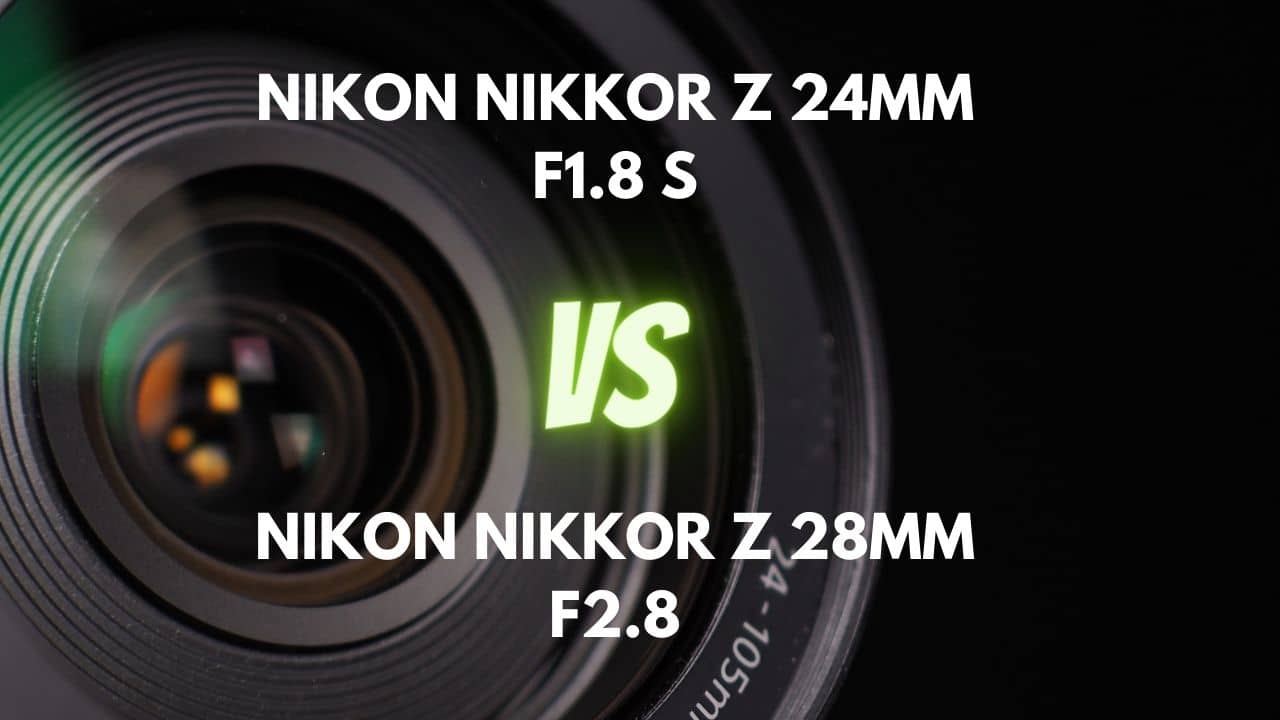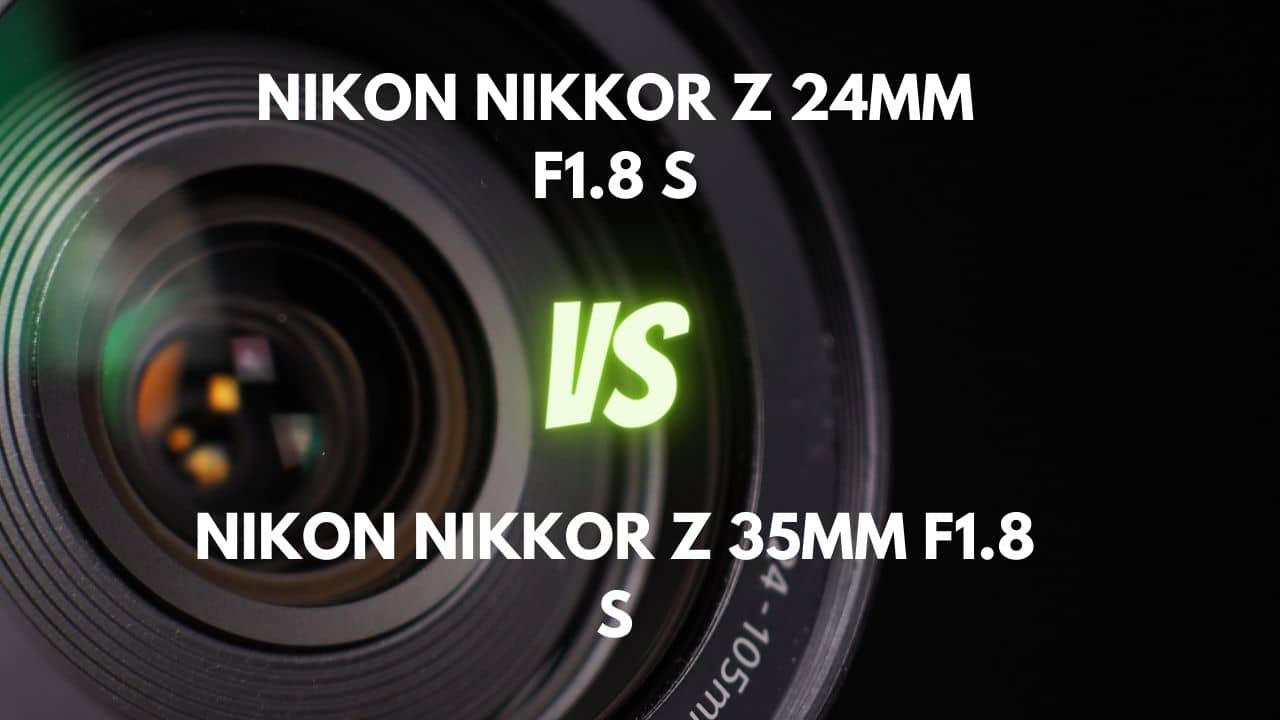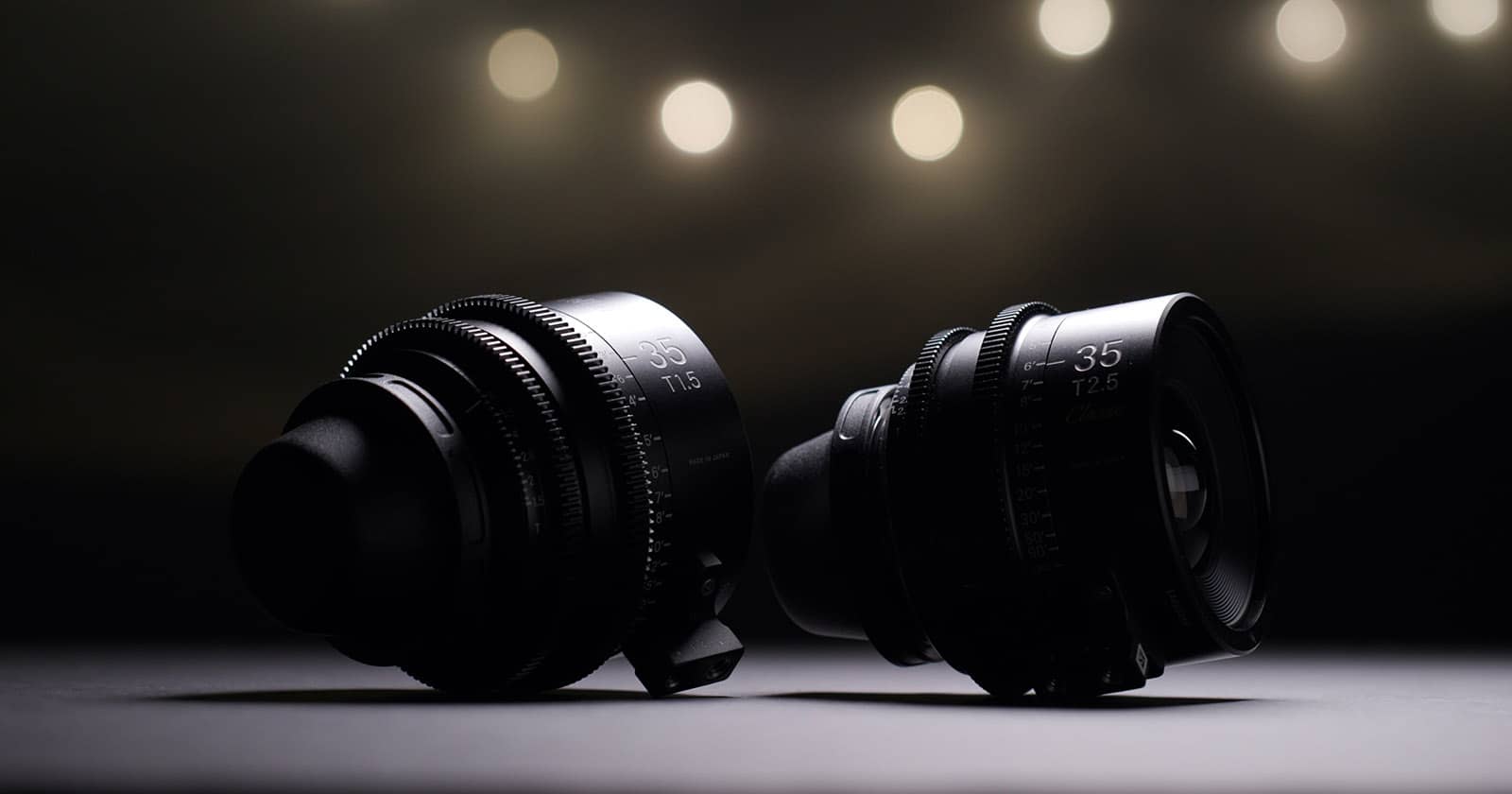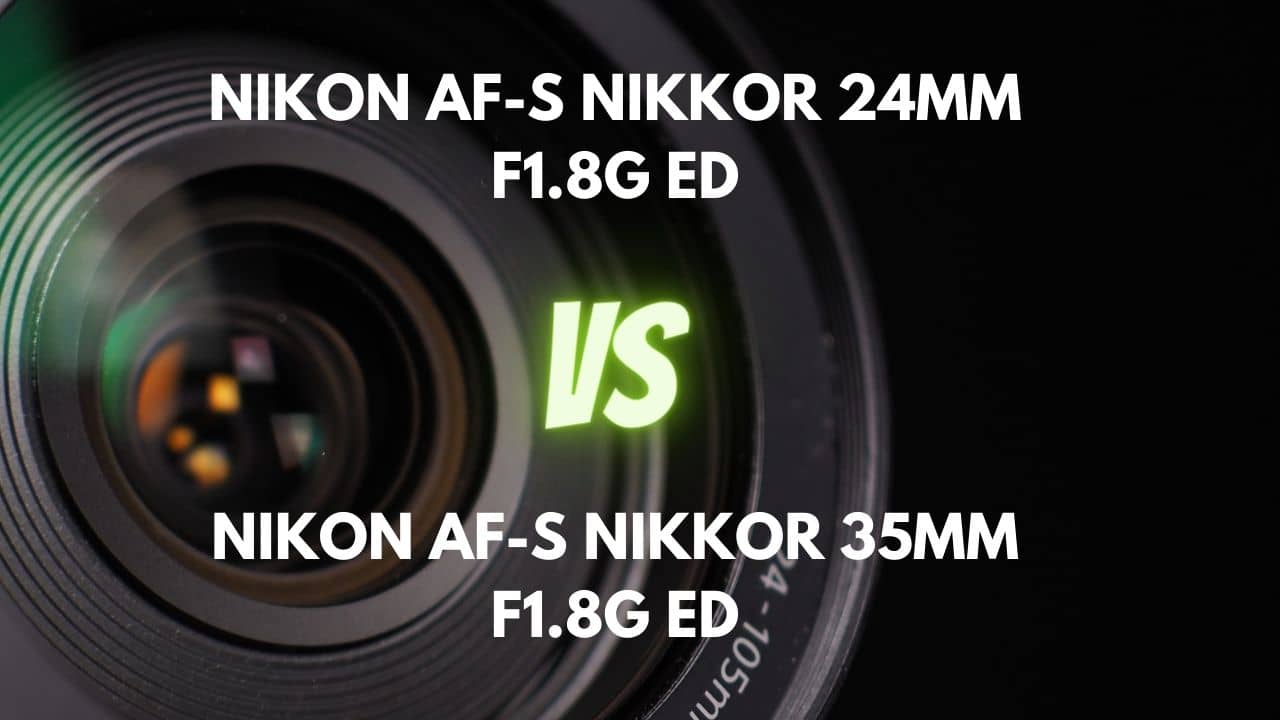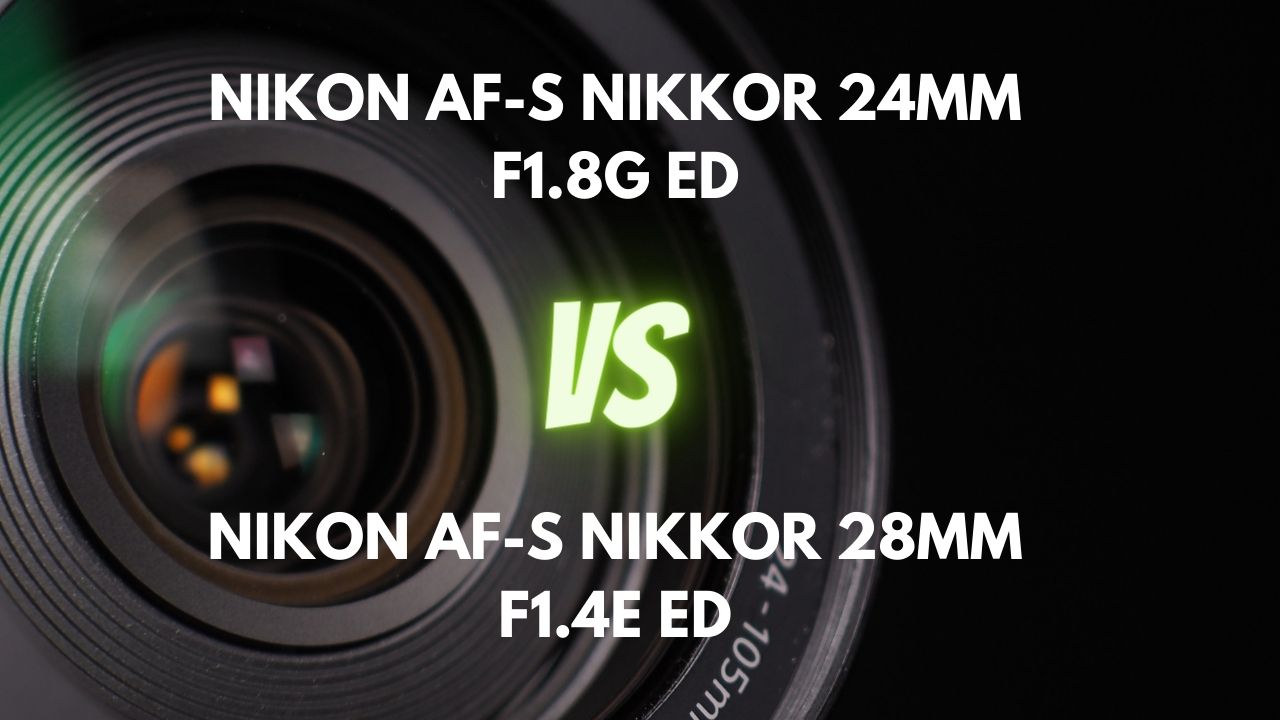Introduction
The Sigma 14-24mm and the Sony FE 16-35mm f/2.8 are two very important lenses in the overall wide-angle zoom lens segment. Though they’re manufactured by two different brands, one is compatible with a host of different mounts, and the other is intended for its OEM FE mount mirrorless cameras; the two wide-angle lenses are powerhouses when it comes to shooting wide-angle photography. They’re suitable for various photography genres, from landscapes to cityscapes, to group shots and weddings to street and environmental portraits; the usages are multivarious.
In this discussion of the Sigma 14-24 vs. Sony 16-35 GM, we’ll pit these two lenses against each other and determine which one takes the honor in the end. Intrigued? Let’s grab a cup of coffee, and let’s get started.
For clarity, we’ll compare the Sigma 14-24mm f/2.8 DG DN Art for the Sony E mount with the Sony FE 16-35mm f/2.8 GM.
Zoom length
The Sigma has better wide-angle zoom, while the Sony has a better zoom range in the telephoto end. Is one better than the other? Not really. If you’re planning on using a wide-angle lens for shooting panoramic vistas, Sigma’s 14mm focal length at the wide end is better suited. On the other hand, if you’re going to use the standard focal length of 35mm for most of the shoot, then the Sony is the better choice.
Construction and build quality
The construction of the Sigma lens consists of 6 low dispersion elements and 3 aspherical elements that ensure that the lens can suppress the effects of chromatic and spherical aberrations. On top of that, a super multi-layer coating plus a Nano Porous coating has also been applied to ensure that the lens can counter the effects of ghosting and flares.
On the other hand, the Sony 16-35mm comes with two extra-low dispersion elements and three aspherical elements. Plus, two XA (extreme aspherical) elements. These elements help suppress astigmatism’s effects, distortion, and spherical aberrations. Additionally, Nano AR coating has been used in the construction of the lens to ensure that the lens has been treated to repel the effects of ghosting and flares.
The Sigma 14-24MM F/2.8 is rated to be weather sealed, while the Sony FE 16-35MM F/2.8 is rated to be weather-resistant.
Filter
You can’t use a standard screw-on filter with Sigma. That’s a significant disadvantage. You’ve to use a rear gel filter. On the other hand, the Sony has an 82mm filter thread specification.
Autofocusing
The Sony 16-35 is very quiet when focusing. So much so that you wouldn’t be able to hear it even in a completely no-sound area. This is very useful for shooting videos. Comparatively, the Sigma Art 14-24mm is also very quiet and accurate. Sigma’s older mirrorless designs have been notorious for being ‘reconfigured’ from essentially ‘DSLR-made’ to mirrorless compatible designs. They would often include an adapter inside them that would often miss focus. Not the Sigma 14-24mm.
Barrel extension when zooming
This is an important aspect that needs to be mentioned because many videographers are using wide-angle lenses to shoot weddings, etc., these days. In this case, the Sigma barely extends when zooming. A slight extension will not affect your gimbal balance if you’re using one.
On the other hand, the Sony extends quite a lot when zooming, so you will have to recalibrate the gimbal as the lens’ front element extends well beyond.
Distortion and vignetting
The Sigma 14-24mm has a total of 18 elements arranged in 13 groups, and the Sony 16-35mm comes with 16 elements arranged in 13 groups.
With the 14-24mm, some barrel distortion is evident, especially when shooting with the widest focal length. The Sony 16-35mm, too, has some amount of distortion. Some barrel distortion is available at 16mm, at the tele-end at 35mm, and some general pincushion distortion. But Sony cameras can be set to auto-correct if it bothers you.
Vignetting is present at the corners when shooting at 14mm. Similarly, the 16-35mm shows some vignetting at the closest focal length.
Sharpness
The 14-24mm has a decent amount of sharpness across the focal length. Even when shooting wide open, the lens does capture stunning details. But the best thing is the lens performs evenly across the frame. Comparatively, the 16-35mm is also sharp, and sharpness is corner to corner even when you’re shooting at f/2.8.
Applicability
The Sigma 14-24mm is the best choice for shooting interiors, architecture (though I would recommend getting a tilt-shift lens if you’re serious about architecture), cityscapes, and those sorts of genres. The 16-35mm is better suited for shooting landscapes, cityscapes, street photos, groups, and weddings.
The 14mm is way too wide for landscapes, in my personal opinion. The objects are pushed back way too much. The 16-35mm is a much better focal length for shooting landscapes, in my opinion.
Also, the way the front element is designed, using the Sigma at a wide open aperture, can be difficult in broad daylight. Due to the bulbous front elements, you cannot attach a filter at the front. Whatever filter you have to attach has to be from the rear. On the other hand, the Sony is a much better option (as explained above) if you plan to use it in broad daylight and with a wide-open aperture.
Price
The Sigma, for its superb image quality and the features and benefits it brings on to the table, is significantly less pricey than the Sony 16-35mm. The difference is significant. At nearly 800 dollars, you can invest in a second lens, perhaps even an f/1.8 prime, that can extend your photography options with the extra money left in your hands.

